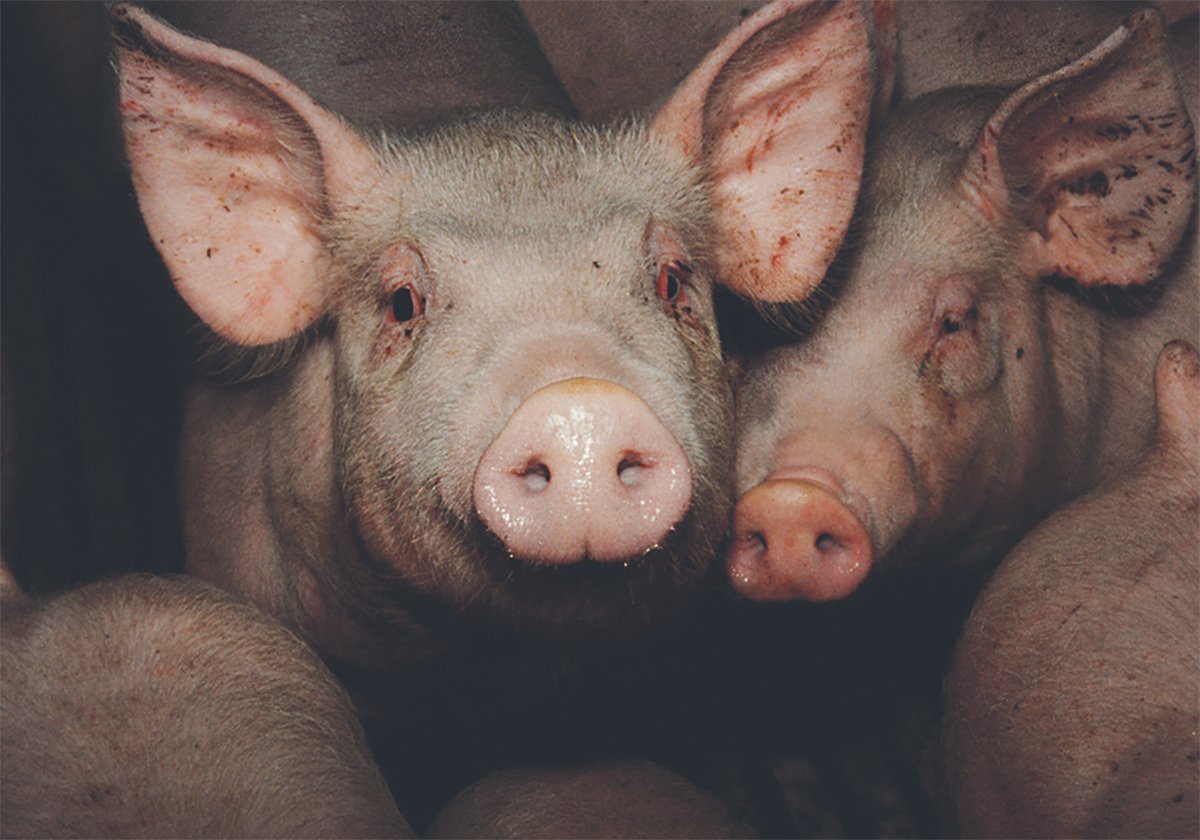Thousands of cattle graze vast tracts of public land in British Columbia, which makes emergency situations a unique logistical challenge.
Wildfire season has started early this year, said Clayton Bradley, range manager with the province’s forest ministry, which manages crown range.
“We have major fires already up in the Peace country,” he said.
“Cows are not out on crown range, but one thing that is happening is there has been a lot of infrastructure burned. Our range fences have burned and they are going to need replacement.”
Read Also

The Western Producer Livestock Report – October 30, 2025
Western Producer Livestock Report for October 30, 2025. See U.S. & Canadian hog prices, Canadian bison & lamb market data and sales insights.
He said the ministry will work with Emergency Management B.C. and the federal government’s disaster financial assistance agreement to rebuild infrastructure, including fences.
A team is launched when fire breaks out and livestock are in danger. It includes representatives from the agriculture ministry, staff from range management, fire zone co-ordinators and wildlife management service and emergency operations centres.
“We work with them and are the go-between them and the ranchers to help co-ordinate any type of evacuation,” he said.
That may include finding cattle trucks and places that are able to accept livestock.
Producers who graze on crown land have a tenure, and contact information is maintained on the boundaries, water courses and other areas that could contain livestock.
“We know who the person is who has the tenure in that area if there is a fire burning there,” Bradley said.
Fires are a regular occurrence in the province, but ranchers need regular reminders on what to expect.
“Every year we are giving that message to wherever we can, at livestock association meetings or district meetings where you have got all the tenure holders in a room,” he said.
Private landowners are reminded to register their premises so that they can be contacted quickly.
“It is critical that producers do register because it allows the ministry to quickly respond to an emergency situation, whether that be a disease outbreak or a flood or fire,” said Jodi Banks, executive director of the Saskatchewan agriculture ministry’s livestock branch.
The premise identification forms take about 10 minutes to complete and may be done on line or using a paper copy. There is no cost to register.
These forms require a contact name, current telephone number, legal land description, type of livestock and how many animals could be at the location.
All livestock owners need to register their premises, whether they are a large operation or have a single horse on an acreage or a backyard flock of chickens.
“If a disease breaks out or a natural disaster happens, those animals are important, too,” Banks said.
In Alberta most cattle, hog and poultry operations have registered their premises but many horse, sheep and goat farms have not, said Andes. Only 15 locations were registered in the Wood Buffalo municipality where the Fort McMurray wildfires occurred.
“When we are looking at how many horses need to be evacuated we take the numbers that are there. If there are 200 horse owners in that area we are not going to be able to anticipate their needs because we don’t know how many are there.”















